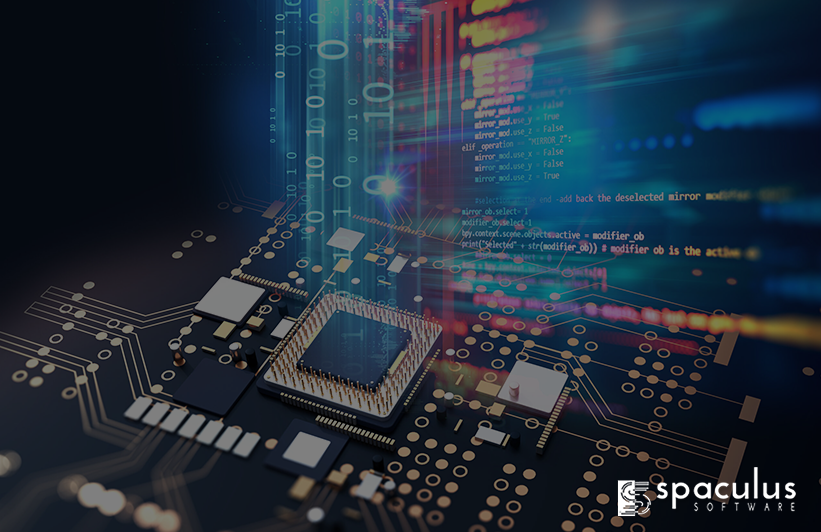
Embedded software is like the “brain” inside many devices we use daily. It is a special kind of software built into devices that aren’t traditional computers, like your smartphone or even your microwave. Without this software, these devices wouldn’t work—they would just be pieces of hardware with no purpose.
Today, embedded systems are everywhere, especially in devices connected to the Internet of Things (IoT), which refers to things like smartwatches, smart home devices, and more. These smart devices communicate with each other and make our lives easier.
Imagine a calculator, a digital camera, or a TV remote control. These are all examples of devices powered by embedded software. The software tells these devices how to function.
Today, we have more complex devices using embedded software:
Embedded software brings many benefits, especially for businesses. Here’s how:
1. Better Products: With embedded systems, products can have more features. For example, adding voice commands to your TV remote or making your home appliances smart. This makes products more appealing to customers.
2. More Productivity: Embedded systems can automate tasks, reducing the need for manual work. This means businesses can get more done with less effort. For example, using robots in factories, controlled by embedded software, has increased production efficiency by 20% in some industries.
3. Cost Savings: Using embedded systems can save money. For instance, instead of needing multiple devices, one device can do many things. Additionally, energy-efficient embedded systems reduce power use, cutting costs. By 2023, companies adopting energy-efficient embedded systems reported saving up to 15% on their energy bills.
4. Staying Competitive: Businesses using embedded systems can offer advanced products that others might not have, giving them an edge in the market.
5. Faster to Market: Products with embedded systems can be developed faster because some functions are already pre-designed. This means businesses can sell their products sooner, capturing market share before their competitors.
6. Flexibility and Growth: Embedded systems are built to be updated easily. So, if a business needs to add new features or make improvements, it can do so without starting from scratch.
7. Data Collection: Embedded systems can gather data from devices, like how customers use a product. This data helps businesses make better decisions. For example, smart refrigerators can track what foods are stored, helping companies understand customer preferences.
8. IoT and Connectivity: Embedded systems allow devices to connect to the internet and to each other. This connection opens up new possibilities, like remote monitoring or controlling devices from your smartphone.
9. Ongoing Support: Manufacturers usually provide continuous support and updates for embedded systems, ensuring that products remain reliable and up-to-date with the latest technology.
Embedded software is now essential in modern technology. It powers the smart devices and systems that make our lives easier and helps businesses stay ahead of the competition. By using embedded software, companies can create innovative products, improve efficiency, and offer better services.
As technology continues to grow, embedded software will play an even bigger role in the future. Embracing this technology can help businesses thrive in the fast-paced world of today.
Web Development